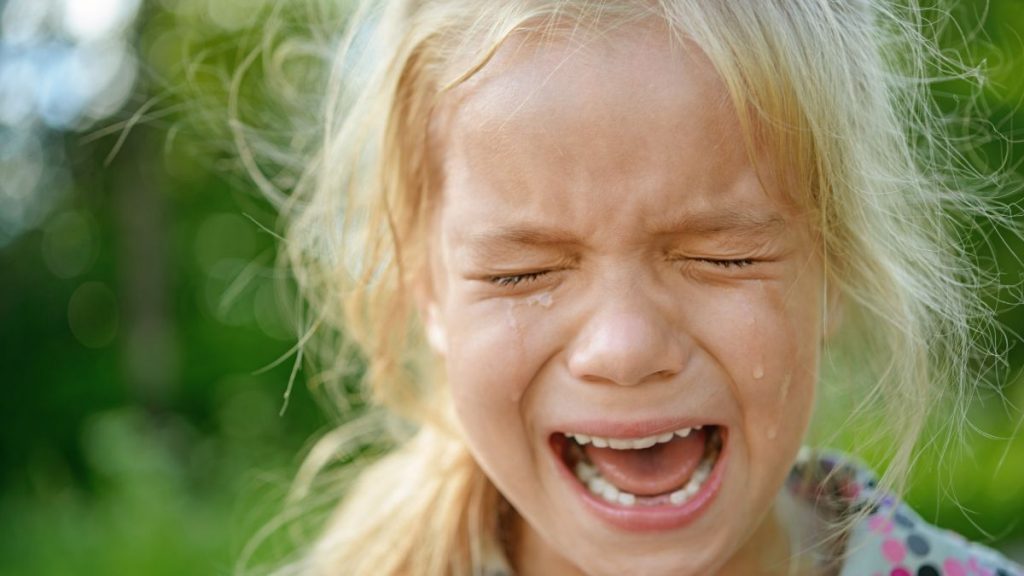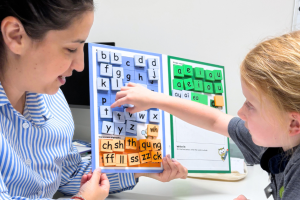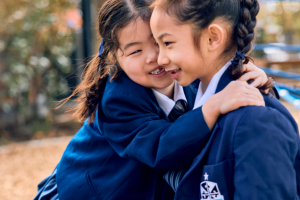Understanding kids meltdowns: What to do when children are very angry or overwhelmed
One of the most powerful ways to help children act more calmly, more often – and to reduce angry behaviour – is to coach them in developing frustration management skills.
These skills include the following:
- Using appropriate language to express their feelings and desires
- Asking for help when needed,
- Using self-soothing strategies,
- Switching attention away from difficult situations,
- Noticing “angry” (blaming, non-empathic, catastrophic) thinking
- Using calm sentences to remind themselves that frustrating situations and behaviours from others are not terrible, not always intentional, often understandable and can be managed.
- Identifying potentially frustrating situations ahead of time (and planning for them);
How to help
If we want children to get better at these frustration management skills, we need to tell them why they matter and how to get better at them – and to do this when children are feeling calm. We also need to give children opportunities to practice these skills in low pressure situations.
If you noticed my italics in these last two sentences, you’ll see that children do not normally learn these skills “in the heat of the moment” when they are angry or frustrated. Instead, they learn these skills before and after frustrating situations, when both we as parents/caregivers – and children – have the time and state of mind required to talk and practice efficiently.
But what about that 5-10 minute (or much longer for some) period when children are really angry – if we can’t effectively coach them in that time – what SHOULD we do at that moment? How do we help and support them? Get through the situation safely? Get them to calm down?
There are no magic formulas – but here are some ideas some families find helpful about responding “mid meltdown” when kids are very angry or distressed.
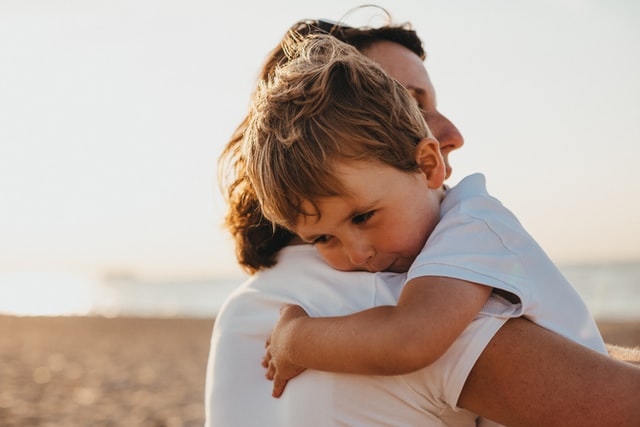
1. Connect with an angry child where possible
When children are angry and upset, they are often anxious and overwhelmed. From their perspective, the world appears to be a scary and threatening place. If we can help them feel supported and understood during that time then they sometimes become less angry. This is called “connecting” with the child.
Here are some options (these are not “rules” – whether or not they are appropriate will depend on the parent and the child) for connecting with an angry child:
- We might show care and concern on our face or in our tone of voice (children are often watching and hearing a tone of voice even more than the words we say).
- We might also say something which expresses care and concern: “I’m sorry you are feeling so cross”, “This is a tough situation”
- We might express their feelings for them if they can’t: “It seems you feel pretty disappointed about that”, “You feel like this is really unfair”
- We might stay near them (when safe to do so): “I’m going to hang out here with you because I know this is a tough situation”
- (If safe for us to do so), We might make ourselves smaller by getting at or below their eye level to help them feel less threatened by us.
- We might offer physical affection: “would you like a hug” or cautiously touch them on the shoulder if we think they are open to us doing so.
Connecting with children in this way is not easy to do if we are also feeling angry or upset ourselves, so we might need to take a moment to look after ourselves first (breathing deeply, reminding ourselves “I’m okay”, “I can be here for my child”, “my child is having a problem, not being a problem”.
2. Use Move and Remove Strategies to keep everyone safe
Angry and upset children are sometimes physically aggressive – toward themselves, others or towards property. To prevent this and keep them and others safe, it might be appropriate to use MOVE or REMOVE strategies.
For example, using a firm, confident and friendly voice (and facial expression) we might do the following:
- We might move other children away from them: “I am going to get (other child) to sit over there for a minute so we can all stay safe”
- We might move other objects in the room: “I know you don’t want to break this, so I will put it up here for now”
- We might remove objects the child is using to hurt others or damage property, first asking “May I have that so we don’t hurt anything?” and then if the child refuses, try to take it from them (if safe to do so): “I am going to take this and put it away for now, we will get it back out when things are calmer”
- We might need to move ourselves: “I know you don’t really want to hurt me, and you doing that hurts, so I am going to step away for a minute”
Sometimes we might have to move even further away or put something between ourselves and the child: “It is dangerous for me here while you are hurting me, so I am going to stand over here/go over here/stand behind this wall –I will move back closer to you to help you soon” and then “I would like to come back and help you – can you keep your hands to your side so I can be with you?”
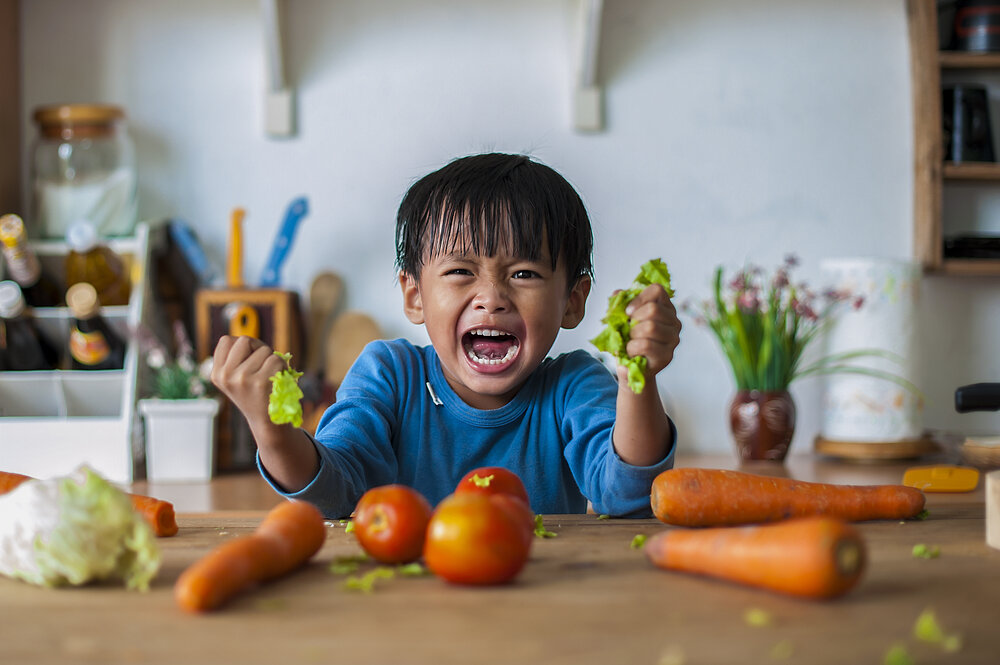
3. Use Take Charge Skills to help the child calm their body, communicate or shift their attention
We might also use our “take charge” skills to help children takes steps towards using calm down (distraction, relaxation, communication) strategies when they are very angry or upset.
For example, using a firm, confident and friendly voice (and facial expression), we might do the following:
- We might help a child to relax their bodies (slower breathing and loose muscles) in various ways, for example: “Let’s take a deep breath and make our body floppy” OR “Let’s see if we can list some things we can see or hear right now”.
- We might make a small step towards coaching a child to communicate. For example we might say: Can you please tell me calmly what you want/what you are upset about? You can say please say “I want …..…” or “I am mad because…”
- We might try to engage the child in another (physical or mental) activity to help switch their attention: “We need to get your brain busy on something else to help you feel better. Would you like to do X or Y?” Or, “Let’s go out on the trampoline and see how high we can jump”
- Sometimes this might need us and them to move to an entirely different room or space can. “Let’s go outside for a few minutes” or “I’d really like to see who is in the next room, would you like to come with me?”
If a child doesn’t respond to suggestions about starting another activity/moving to another space, we might start moving/doing this ourselves first, eg: “I’m going to start playing X, I’d love it if you could play with me” or “Hmm, I am just going to poke my head out to see what is out here – you can look too if you like” Or “I’m going to watch a few minutes of (favourite show/video) – you can join me if you like”.
A few points about helping children calm their bodies, communicate or shift attention
It can sometimes help to tell children about the benefits – or even provide a small incentive – to help motivate them to use one or more of these strategies:
For example, we might say:
“If you stop yelling and come outside with me now, we can talk about that TV show you like”, “If you make your body floppy with me, I will get started on some afternoon tea” or If you tell me what you are most upset about, I will tell you my plan to help you feel better“
When children start doing one of the activities above, calming down or communicating it can be helpful to quickly praise and thank them for any steps towards this behaviour:
“you are doing a great job of managing your frustration, thank you” or “Thank you for being able to calmly tell me what happened, that’s very helpful for us both”
When we are using our kind take charge skills with children who are angry, it’s important to give short and specific instructions rather than long and complicated lectures (eg “let’s go to the next room rather than a long sentence like “lets finish this game and think about moving to another space where we can be calmer and be apart from people which might help you calm down because being angry is not helpful). Remember this is not the moment for teaching and learning – we do this later.
If we are providing choices to children rather than giving instructions, it’s important to also provide simple choices rather than ask open ended questions. (ie say Would you like to do X or Y? rather than “what do you think and what would you like to do?”)
This all sounds very positive? What about just telling kids to “cut it out”?
Some parents/caregivers are worried that showing care and concern, or offering children an incentive or telling them the benefits of them acting in calm ways might “reward” children for angry behaviour and encourage them to act in angry ways more often.
Our experience is that this is unlikely. Children do not want to act in angry ways and being cared for or being given a small incentive for calming down is generally not powerful enough to make them choose to act angrily again.
To make doubly sure this doesn’t occur, we can do the following:
- Only provide calm (not over the top or inauthentic) care and concern.
- Use a confident tone of voice when kindly talking to children about their frustration
- Make sure any incentive or benefit to acting calmly is small and appropriate (eg, we can watch TV together to calm down rather than “if you stop yelling I will buy you a toy”).
What about afterwards?
Take care of yourself
If a child has acted in overwhelmed and angry ways towards us, we may have a range of emotions and reactions.
We might feel angry ourselves and frustrated about the child’s behaviour. We might even feel like we want to “push back” or retaliate. We might feel shocked or frightened. Our primitive brain doesn’t fully recognise the age or stage of a child – only the “attack” – so feeling frightened or angry is a normal, understandable reaction. Small children also can be surprisingly destructive – I recall once having a 5 year old throw a heavy stapler at close range towards my face – it was only a last minute duck on my behalf (amazingly my sometimes slow reflexes actually came to the rescue on that occasion) which saved me from a nasty injury.
We might feel deeply worried for or hopeless about our child.
It’s important therefore to acknowledge – even just briefly – that supporting children who are angry is a difficult and emotionally tiring experience. It’s okay to take time out for ourselves. This might mean talking to a friend, taking a minute to do something distracting (read, watch something), and remind ourselves of the strengths in our child and ourselves.
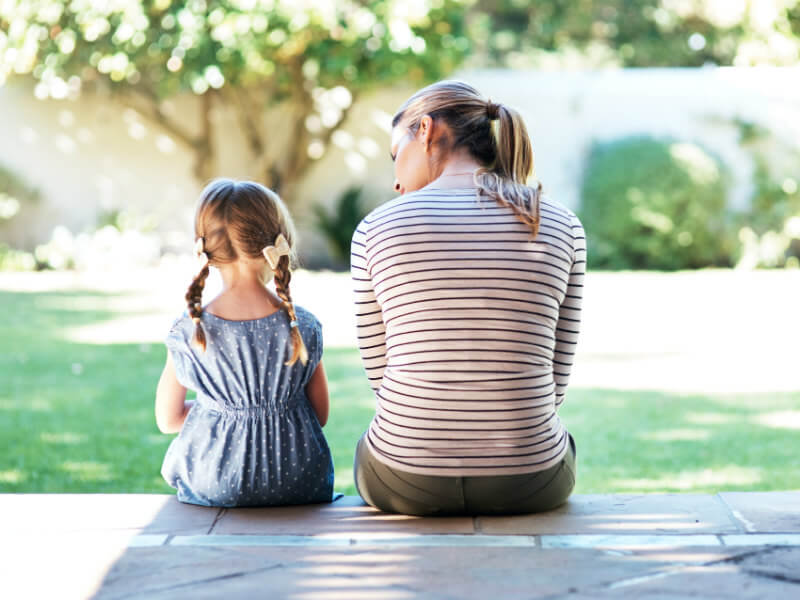
Spend time coaching
Once everyone is calm, it’s tempting for everyone to just get on with life and hope the anger doesn’t happen again (or at least not soon). However this is often a mistake.
As outlined at the beginning of this article, what makes the most difference to children being able to manage their difficult feelings is having the opportunity to practice frustration management skills in the context of a loving and supportive relationship with a parent/caregiver.
Our job is to help children learn these skills – and therefore it is essential to avoid just “ignoring” children’s angry episodes.
Instead, we should usually reflect on situations in which children became frustrated – and ask them to think about – and even rehearse – alternative ways to have managed that situation. Sometimes we call this a “do-over”. These “do-overs” are really important to help children start to learn the frustration management skills above.
Of course, even with conversation, rehearsal and practice – learning to manage frustration and anger is a life long journey. It’s something many adults struggle with.
But it is a journey we can support them with, and help them manage much more effectively.
If you would like your 5-11 year old child to access a course on managing frustration, you might like to consider Calm Kid Central. It has videos, activity sheets and discussion guides to help children understand and manage frustration.
This article was provided by Developing Minds Psychology and Education
About Developing Minds

Children and teens experience tough times just like adults do. They feel sad, worried, stressed, angry, frustrated and overwhelmed. They don’t quite know how to cope with stress, they need help learning to act in positive ways, they struggle with relationships and benefit from support in many other ways.
Developing Minds specialise in helping children and teens – and the people who support them. For nearly 20 years, Developing Minds Psychology and Education has cared for, supported and worked with thousands of South Australian children and young people. Working with children ranging from the age of 4 through to 17, the team are fully qualified child psychologists and work with children and teens, and then depending on their age, also with their parents. If appropriate we also work with schools and other supports. We have two clinics in Adelaide (city and south).
